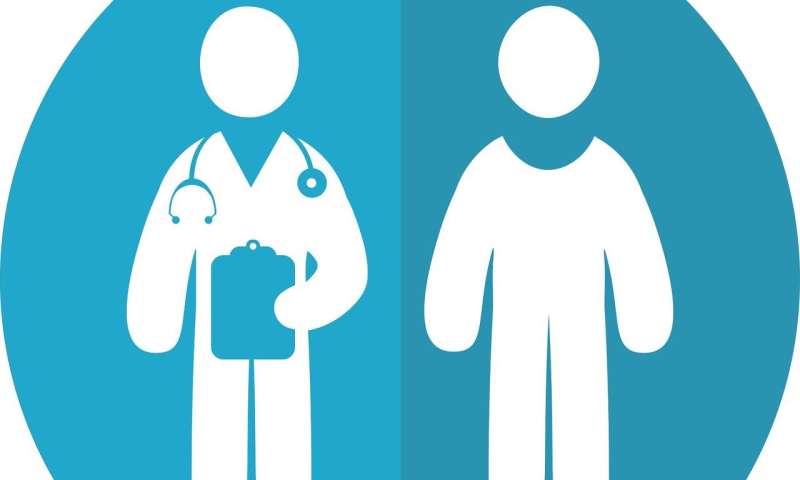
An article has been published in Frontiers in Medicine: Regulatory Science, which proposes a new set of recommendations for addressing the various regulatory and technical challenges when assessing the safety of Live Biotherapeutic Products (LBPs). The publication represents the result of several face-to-face discussion sessions organized by the Pharmabiotic Research Institute (PRI).
Increased understanding of the relationship between microbiota and their hosts highlighted the therapeutic potential of selected microorganisms to prevent or treat disease. However, while the pharmaceutical regulatory framework is harmonized at the EU level, obtaining a marketing authorization for LBPs remains very challenging. The safety assessment itself poses particular problems because of the potential sensitivity of the target population, the ‘live’ nature and the complicated mode of action of LBPs.
While pharmaceutical guidelines for other biological products can be taken into account to design the relevant non-clinical development programs, adapted guidelines on the safety assessment for LBPs are scattered and diverse. The authors of this article have made a concerted effort to establish a risk assessment roadmap for LBPs and propose appropriate solutions for non-clinical programs and First in Human clinical safety trials.
“As developers have struggled when designing their LBP pre-clinical programs, the industry can benefit from this very practical road map which takes into account the new concepts of ‘quality’ and ‘development-by-design,’ usually applied to other biological medicinal products,” says Dr. Magali Cordaillat-Simmons, corresponding author on the paper and Executive Director of the PRI.
Pr. Bruno Pot, Science Director for Yakult Europe and President of the PRI underlines, “The current paper is thought to respond to a real need in the field. Product developers, medical doctors, pharmacists, and patients might all benefit from clear procedures for the development of LBPs. The article could also help in the development of future regulatory pathways that will guarantee safety of LBPs for vulnerable populations, possibly helping groups of patients with high unmet medical needs.”
Source: Read Full Article
